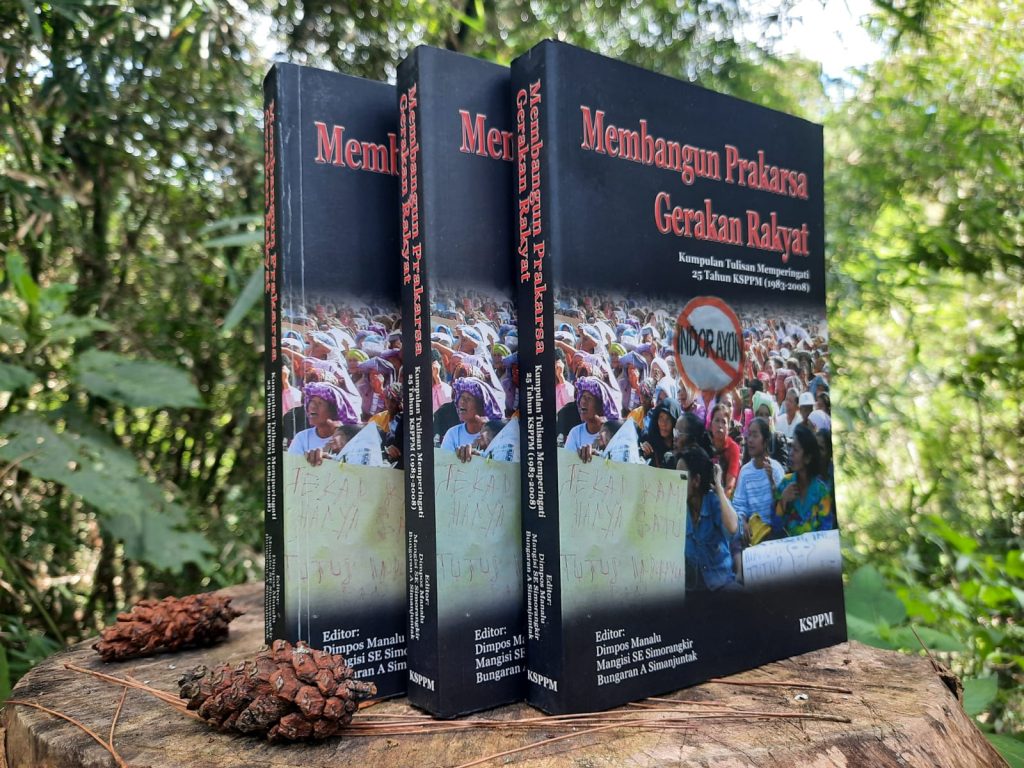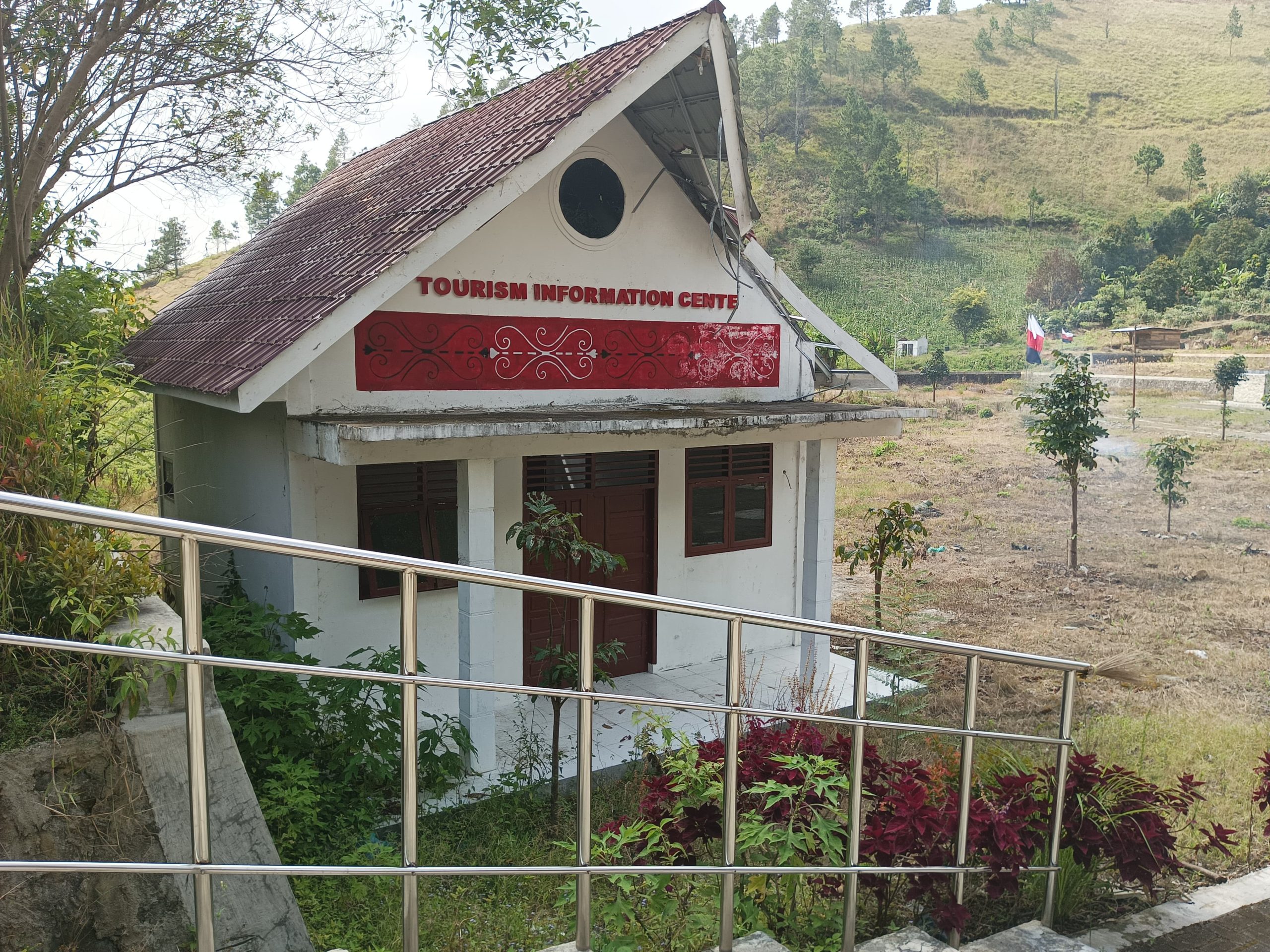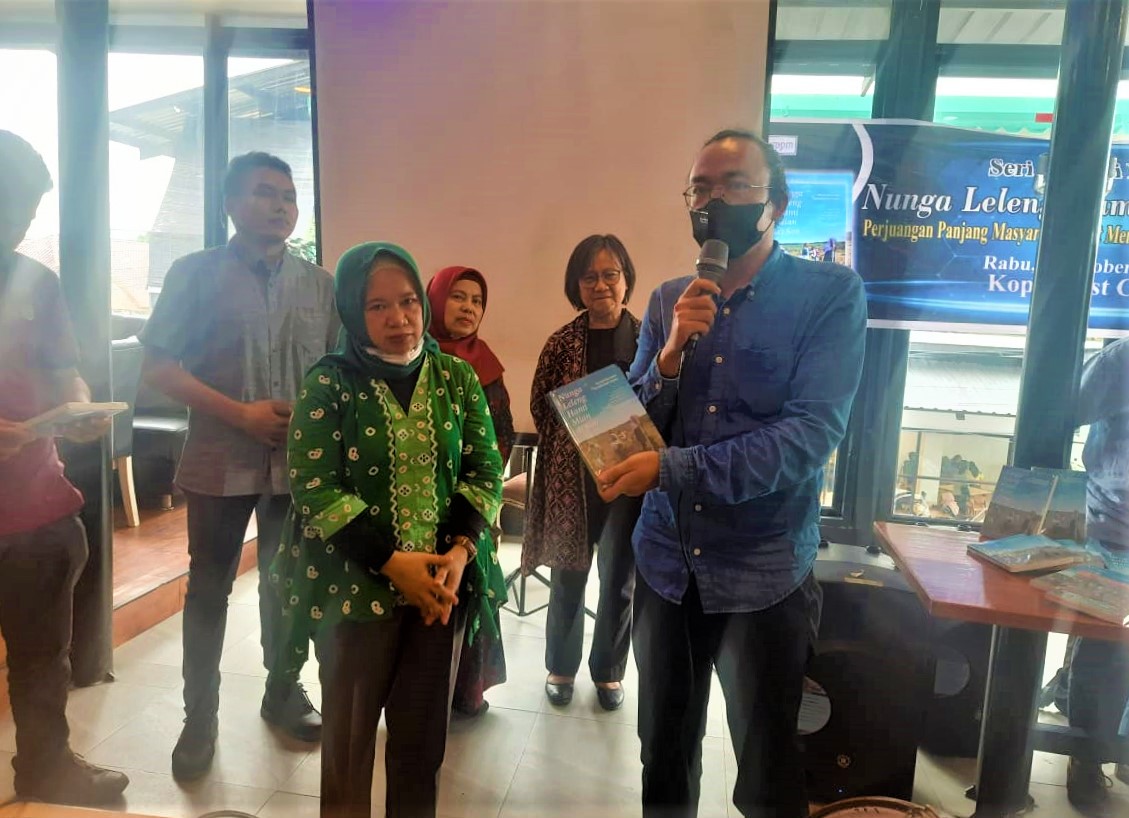This article is relatively old, but some of the issues it raises still seem relevant. What are they?
In his writing “Jonggi Manulus Credit Union: A Pastoral Case Study” (pp. 393-408), Rev. Mangisi Simorangkir compiles a number of interesting facts related to the condition of Jonggi Manulus (JM) Credit Union members. Jonggi Manulus is also the name of the village where this CU is located, a village in Porsea Sub-district. The village is not far from the pulp mill of PT Toba Pulp Lestari (TPL).
Notwithstanding its members’ belief and pride that CU JM goes far beyond money, a number of facts are worth thinking about.
First, there are complaints about “members who are less faithful in repaying their loans” (p. 395). This means that the problem of bad debts has already occurred, and this fact tends to be understood as a matter of personal morality as seen in the phrase “less faithful”. Here, the cause of defaulted loans has not been seen as a structural problem in the sense that there are objective conditions faced by farmers that cause their farming businesses to fail.
Second, the slow development of the CU. CU JM had only 13 families (25 people) as members for three years (p. 395). The reason cited is the financial and material assistance from PT TPL that many villagers receive. Villagers do not feel the need for a CU to obtain funds. There are also government-established cooperatives that are fundamentally different in character from CU JM. Of course, the low membership of CUJM is an organisational challenge.
Third, a number of CU JM members are landless farmers. They farm by renting land. The challenge is that “If the owner is unhappy with the tenant, he can simply make excuses and change the tenant” (p. 396) There is unhealthy competition among tenants to get the owner to rent the land to him. This shows how vulnerable the tenants are.
However, this third fact becomes even more interesting when linked to the farming method learnt and practised by CU JM members, namely Agriculture in Harmony with Nature (PSA), a farming method that does not use manufactured chemical inputs. “The results are amazing.” (p. 397). However, there were circumstances that caused “…the PSA knowledge they had acquired to be wasted.” (p. 397).
In the PSA method, implicitly, there is a long-term investment in the soil ecosystem. This investment is simply lost when the land is withdrawn by the owner. Often, land that has been cultivated using the PSA method is simply withdrawn by the owner. Some villagers are jealous of the success of the PSA method practised by CU JM members, and persuade the landowner to withdraw the land and rent it to someone else.
Here it is clear that the success and sustainability of the PSA method is very closely related to the structure of agrarian resource control, namely land. This means that if PSA is to be successful, efforts and advocacy to dismantle inequality in the control of the means of agricultural production, namely inequality in land ownership, are imperative. **









